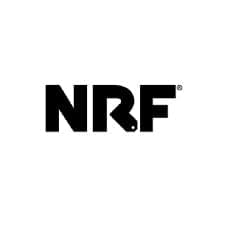As state governors lift stay-at-home orders across the United States, economic recovery from the coronavirus pandemic is likely to come gradually and may vary by location, according to National Retail Federation (NRF) chief economist Jack Kleinhenz, who recently said it could “take several months to assess the full consequences and project a path forward”.
“Getting back to work or shopping in a pre-virus manner is difficult to predict at this time, with households likely to tiptoe back in rather than making an immediate return to the lives they experienced before,” Kleinhenz wrote in the May issue of NRF’s Monthly Economic Review.
“As states begin to slowly reopen and assuming the coronavirus does not come back, the economy should begin a process of gradual recovery. My overall impression is that the recovery will have fits and starts among states, regions and cities depending on the severity of the pandemic in their localities,” he was quoted as saying by an NRF press release.
After seeing growth at an annualised rate of 2.1 per cent at the end of 2019, US gross domestic product shrank by 4.8 per cent in the first quarter of this year, ending a record 10-year period of economic expansion. That was the largest drop since 8.4 per cent in the fourth quarter of 2008 during the Great Recession.
Considering that the economy was buoyant up through the middle of March, the first-quarter decline “is likely just a murmur of how severely the pandemic has devastated many parts of the U.S. economy,” Kleinhenz wrote. “A much deeper contraction is expected during the second quarter.”
Retail sales saw their worst month-over-month drop on record in March, falling by 8.7 per cent from February. And consumer spending fell an annualised 7.6 per cent during the first quarter, the largest drop since the second quarter of 1980. Despite those declines, the pandemic has hit the retail industry unevenly.
Temporarily closed stores are bearing the brunt of the impact while stores that remain open have had customers lined up out the door to stock up on essential goods.
Consumer confidence has also taken a hit. The Conference Board’s Consumer Confidence Index was at 86.9 in April, its lowest level since June 2014, and consumers’ view of current conditions saw a record 90-point monthly drop to 76.4. But consumers’ expectations for conditions six months in the future were more optimistic, rising seven points to 93.8.
“The survey also shows that few believe the economy is in as dire a financial condition as experienced during the Great Recession,” he added.

